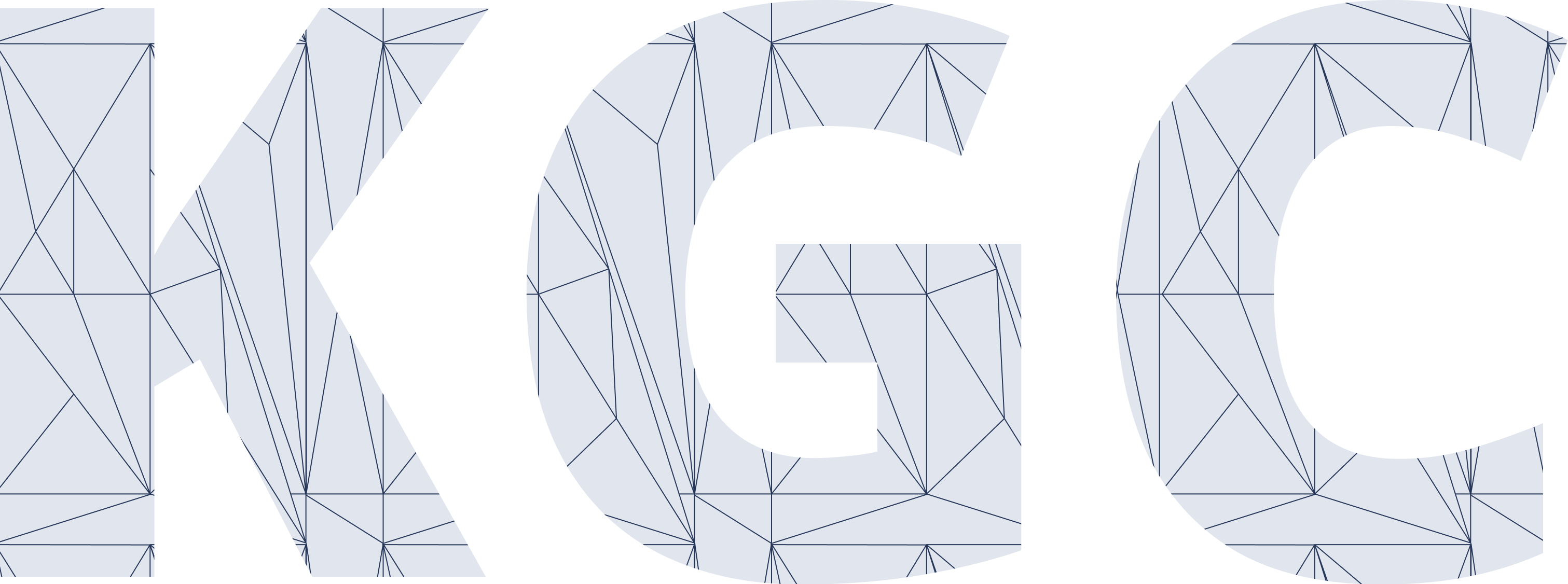Vivek Khetan

Vivek Khetan is an artificial intelligence researcher at Accenture Labs, San Francisco. He is currently leading the Labs effort on intelligent compliance. He is working on semantic role labeling, entity extraction, close and open domain knowledge graph creation. In previous roles, he has worked as dialogue system researcher at SparkCognition and has experience on application of diverse machine learning methods including information retrieval, computer vision and reinforcement learning.
Vivek has a master’s degree from University of Texas at Austin, with specialization in Data Mining and Machine Learning and bachelor’s degree in Mechanical Engineering from Indian Institute of Technology (IIT), Dhanbad, India. In his leisure time, Vivek like to read novel, go for hike and play badminton.
2019 Talk: Actionable Intelligence in Regulatory Press Releases: A knowledge Graph Approach
Maintaining regulatory compliance is challenging for a range of businesses due to the volume of regulations and the rapid rate of change. In the banking industry alone, the costs of staying compliant and of regulatory fines are on track to exceed 100B annually by 2020.
Given the sheer volume, it is difficult for an enterprise to maintain a clear picture of the state of regulations that govern them, or to stay abreast of the changes. We are working on a system to address this challenge. Regulatory Event eXploration (REX) is a system that monitors regulatory news sources, spots target event categories, and updates a knowledge graph that reflects the systems model of the current regulatory state.
To enable this, we have applied state-of-the-art deep BiLSTM neural networks to perform Semantic Role Labeling on press releases from regulatory bodies and news sources. We also adapted a domain-based schema and have written custom entity extractors using modern NLP methods. We are using the output of SRL to map targeted entities and relationships to an enterprise knowledge graph, which enables us to generate alerts and help regulators implement required changes in a timely manner. As of now the system is designed to identify 3 classes of regulatory events for example, a change in a threshold for a regulation.
